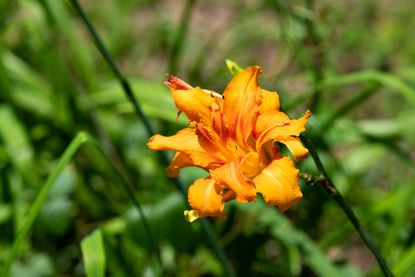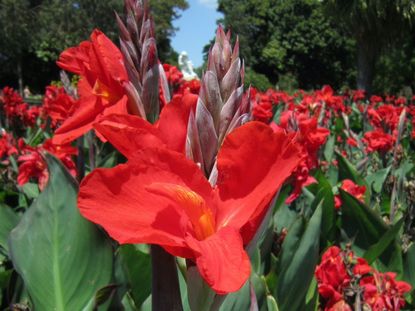Bulbs
Flower bulb gardens are a welcome addition, especially in spring as nature awakens from a long winter’s nap. With all the colors and types of bulbs available, gardeners should have no problem finding suitable plants to grow. Yet, it never hurts to get some gardening advice for bulbs along the way. While gardening with bulbs is easy, planting flower bulbs and caring for them can be intimidating to new gardeners, so here you will find tips on growing flower bulb gardens, from planting flower bulbs to their care and how to store them over winter.
Explore Bulbs
Bulbs
-
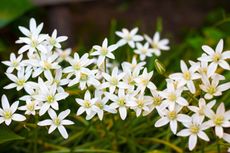
Star Of Bethlehem In Grass: How To Manage Star Of Bethlehem Weeds
What one gardener may welcome, another will criticize. Star of Bethlehem plants are a great example. If the plant is rampant in unwanted spaces. you may need to step in.
By Bonnie L. Grant
-

How Invasive Is Lily Of the Valley: Should I Plant Lily Of The Valley Ground Cover
Is lily of the valley invasive? Lily of the valley is a perennial plant that grows from stem-like underground rhizomes that spread horizontally, often with amazing speed. It also reproduces from seeds. Exactly how invasive is lily of the valley anyway? Find out here.
By Mary H. Dyer
-
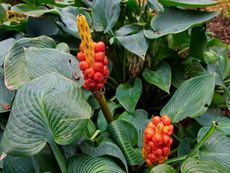
Italian Arum Control: Learn How To Deal With Arum Weeds
It's classified as a toxic weed, so you'll need to control Italian Arum before it takes control of your garden.
By Bonnie L. Grant
-
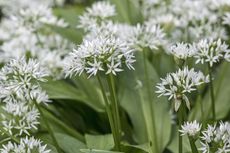
Controlling Allium Plants & How To Manage Flowering Onions
If ornamental alliums are so practical and attractive, how could there be any problems with ornamental alliums in the garden? Not all allium varieties are well-behaved. Some become weeds that are nearly impossible to get rid of. Learn more in this article.
By Mary H. Dyer
-
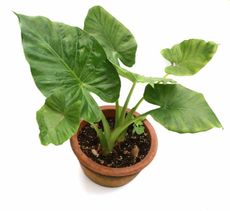
Guide To Growing An Elephant Ear Plant Indoors
An elephant ear plant indoors? Create a dramatic indoor focal point in a large room with this mega-leaf tropical plant. You can grow it as a houseplant if you give it warmth and light.
By Amy Grant
-
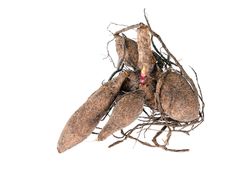
Storing Dahlia Tubers For Next Year’s Garden
Beautiful dahlias are a favorite garden flower, and properly storing dahlia tubers in the winter will guarantee their brilliant summer blooms year after year.
By Bonnie L. Grant
-
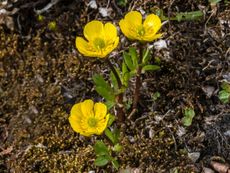
Buttercups For The Garden - Growing Info And Care of Ranunculus Buttercup Plants
Ranunculus buttercup plants produce cheery little multi-petaled flowers. Some people love them but they are invasive and many consider them weeds.
By Tonya Barnett
-
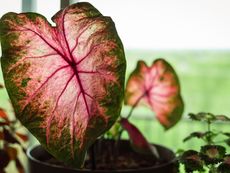
How To Grow Caladiums Indoors: The Ultimate Care Guide
Growing a caladium indoors is a special treat for devoted houseplant parents. With its colorful shapely leaves and need for only indirect light, a caladium plant is a lovely indoor addition.
By Tonya Barnett
-
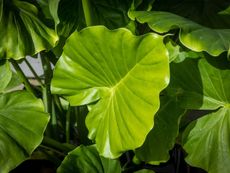
Elephant Ear Plants: Complete Care And Growing Guide
The large floppy leaves of elephant ear plants are a great tropical touch in a garden where the soil is rich and water is plentiful.
By Nikki Tilley
-
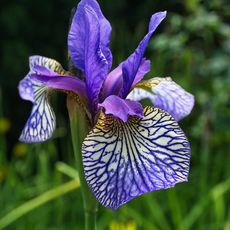
Dividing & Transplanting Irises: A Step-By-Step Guide
Transplanting iris is a normal part of iris care. When well cared for, iris plants will need divided on a regular basis. So when is the best time to transplant and how should it be done? Read this article to find out.
By Heather Rhoades
-
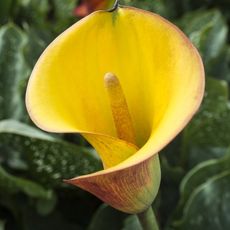
Growing Calla Lilies - Calla Lily Care Guide
Beautiful and graceful calla lilies aren’t terribly fussy, and are an elegant addition to any garden where there’s full or partial sun.
By Nikki Tilley
-
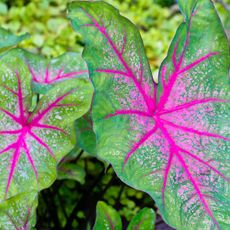
Grow Caladiums: Best Care For Elephant Ear Plants
Multi-patterned caladiums are a firm favorite both in the garden and in indoor containers. Find out how to grow your own ‘elephant ears’ and get the most from these tropical beauties
By Tonya Barnett
-
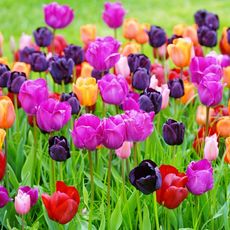
Growing Tulips - Care And Tulip Planting Tips
Learning how to take care of tulips will make adding these flowers to your garden easy. This article will provide tips for growing and planting tulip bulbs.
By Heather Rhoades
-
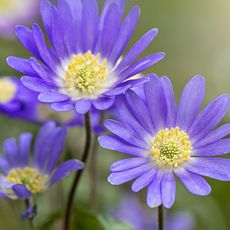
What Are Grecian Windflowers – How To Grow Anemone Windflowers
By growing Grecian windflowers, you can add a pretty new perennial to your garden. This spring bulb comes in range of colors, providing low clumps of blooms that easily fit into a variety of garden types and climates. Learn more in this article.
By Mary Ellen Ellis
-
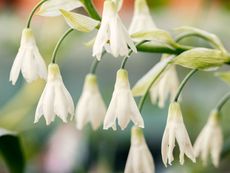
Grow Ornithogalum Candicans: Add Sparkle To Borders With Summer Hyacinth
Looking like a giant snowdrop, Ornithogalum candicans lights up summer borders. Find out how to grow summer hyacinth for bright white blooms.
By Tonya Barnett
-

How To Grow And Care For Persian Lily
Plant Fritillaria prersica bulbs in garden beds, rock gardens or borders adds a unique look and striking colors.
By Mary Ellen Ellis
-
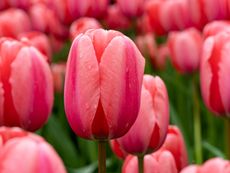
Tulip Experts Reveal The Top 7 Planting Mistakes Gardeners Make – And How To Fix Them
We reached out to experts to discover where most gardeners go wrong when planting tulips – read on to discover the common mistakes to avoid.
By Melanie Griffiths
